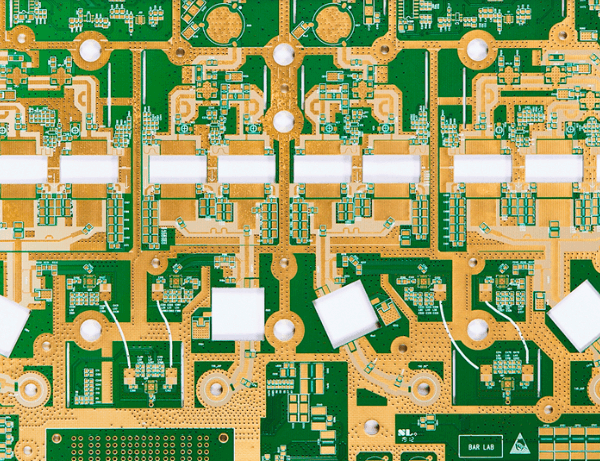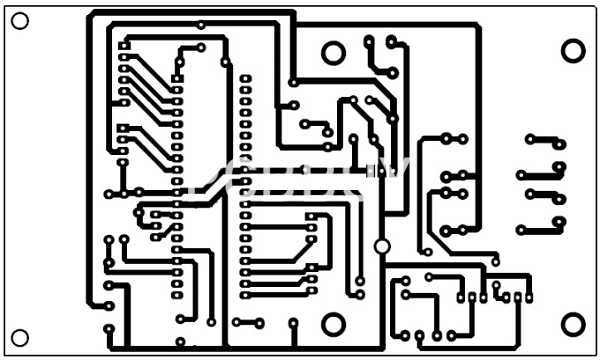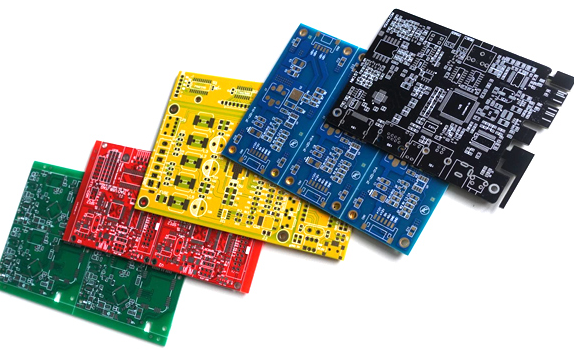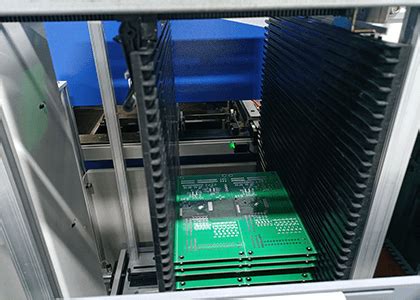5 pcb material composition
Analysis of the five major elements of PCB material composition
Printed circuit boards (PCBs) are the core components of modern electronic devices, and their material composition directly affects their performance and reliability.
The selection and combination of PCB materials need to consider a variety of factors, including electrical performance, mechanical strength, thermal stability, and cost-effectiveness. This article will analyze the 5 PCB material composition in detail to help readers better understand their importance and application.
First, the substrate is the basic material of 5 PCBs, usually made of glass fiber reinforced epoxy resin (FR4).
FR4 materials have excellent mechanical strength and electrical insulation properties, and can remain stable under high temperature and high humidity environments. However, with the continuous miniaturization and high frequency of electronic devices, traditional FR4 materials may not meet the requirements in some high-frequency applications. Therefore, in recent years, a variety of high-performance substrates, such as polyimide and ceramic substrates, have emerged to meet higher performance requirements.
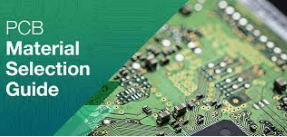
Secondly, copper foil is the conductive layer of PCBs, which is usually attached to the substrate by electroplating or calendering processes.
The thickness and purity of copper foil directly affect the conductive properties and heat dissipation capabilities of PCBs. In order to improve conductivity and corrosion resistance, the surface of copper foil is often tinned, gold-plated, or silver-plated. In addition, with the increasing demand for high-frequency signal transmission, low-loss copper foil materials have gradually attracted attention to reduce losses and interference during signal transmission.
Third, the dielectric layer is an insulating material located between the conductive layers, usually made of epoxy resin or polyimide.
The dielectric constant and loss factor of the dielectric layer are important parameters affecting the quality of signal transmission. In high-frequency applications, dielectric materials with low dielectric constant and low loss factor can effectively reduce signal attenuation and crosstalk and improve signal integrity. In addition, the thermal expansion coefficient of the dielectric layer also needs to match the substrate and copper foil to avoid stress and deformation during thermal cycling.
Fourth, pads and vias are key components on PCBs for connecting components and conductive layers. Pads are usually made of copper foil and are tinned or gold-plated to improve welding performance and corrosion resistance.
Vias are conductive channels formed on PCBs through drilling and electroplating processes to connect conductive paths of different layers. The design and manufacturing quality of vias directly affect the electrical performance and mechanical strength of PCBs.
Finally, the protective layer is an insulating coating covering the surface of the PCB, usually composed of a solder mask or a cover film.
The main function of the protective layer is to prevent oxidation and mechanical damage to the conductive layer, while providing certain electrical insulation properties.
The solder mask usually uses photosensitive materials to form a patterned protective layer through exposure and development processes. The cover film is attached to the surface of the PCB through hot pressing or bonding processes to provide higher mechanical strength and chemical corrosion resistance.
In summary, the composition of PCB materials involves five major elements: substrate, copper foil, dielectric layer, pads and vias, and protective layer. The selection and combination of each element requires comprehensive consideration of electrical performance, mechanical strength, thermal stability, and cost-effectiveness to meet the needs of different application scenarios.
By having a deep understanding of these elements, engineers can better design and manufacture high-performance, high-reliability PCBs, providing a solid foundation for the development of modern electronic devices.

